
In a groundbreaking find, scientists have identified Tityus Achilles, the first known venom-spraying scorpion in South America. This species was discovered in Colombia’s Cundinamarca region, marking a significant addition to the continent’s arachnid diversity. The scorpion exhibits a unique defense mechanism, spraying venom to deter potential threats. This behavior, previously undocumented in South American scorpions, offers new insights into the evolutionary adaptations of these arachnids.
The Unique Defense Mechanism
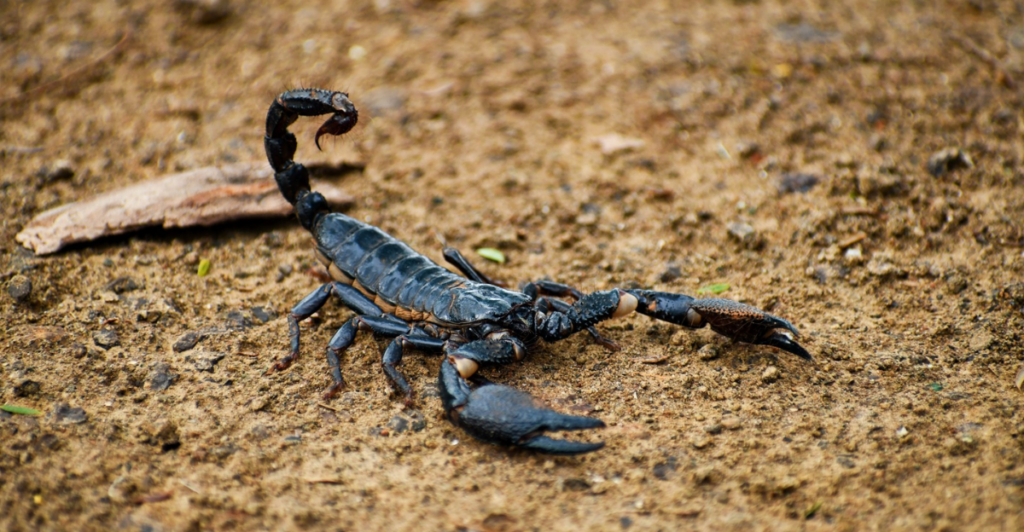
Unlike most scorpions, which rely solely on stinging, Tityus Achilles employs venom spraying as a primary defense. When threatened, it projects venom in a continuous stream towards the aggressor. This mechanism increases its chances of deterring predators without engaging in close combat, showcasing an advanced evolutionary trait among scorpions.
Physical Characteristics
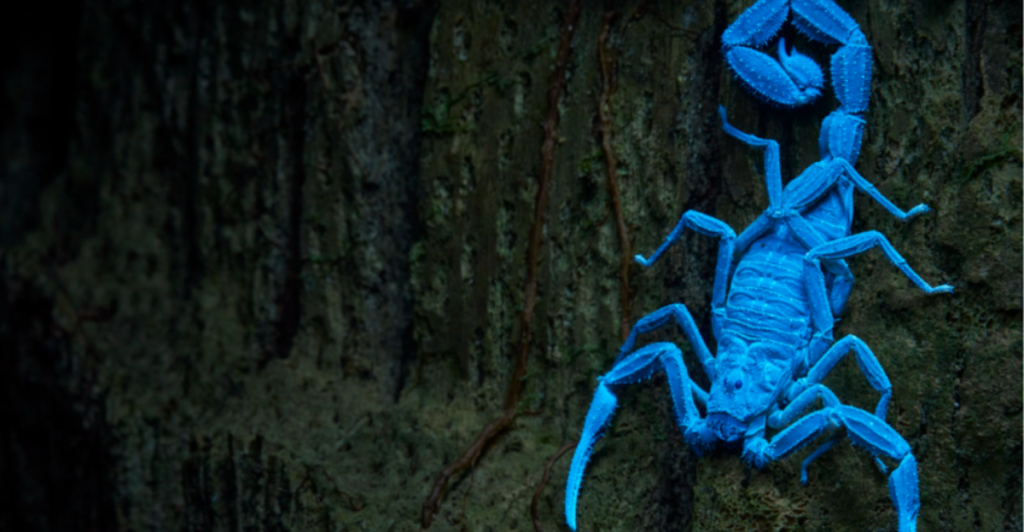
Tityus Achilles is a medium-sized scorpion that reaches approximately 65 millimeters in length at maturity. It displays a uniformly dark-red coloration with a darker metasoma (tail). Notably, this species exhibits limited UV-induced fluorescence, a trait common in many scorpions, making it less conspicuous under ultraviolet light.
Habitat and Distribution
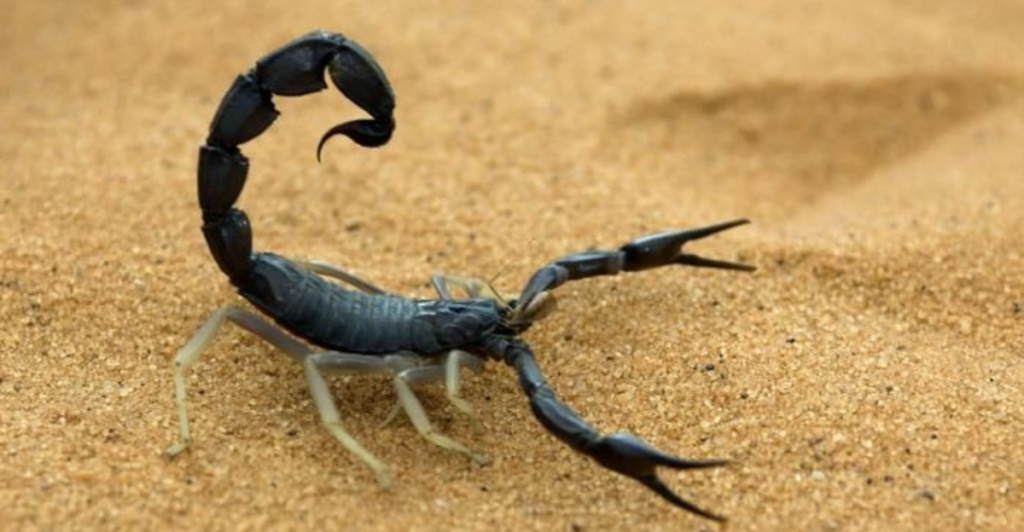
This scorpion is known only from its type locality in La Vega, Colombia. It is a nocturnal, litter-dwelling species that prefers the forest floor’s leaf litter. While juveniles show no arboreal tendencies, the preferred microhabitat of mature specimens remains under investigation.
Comparison with Other Venom-Spraying Scorpions
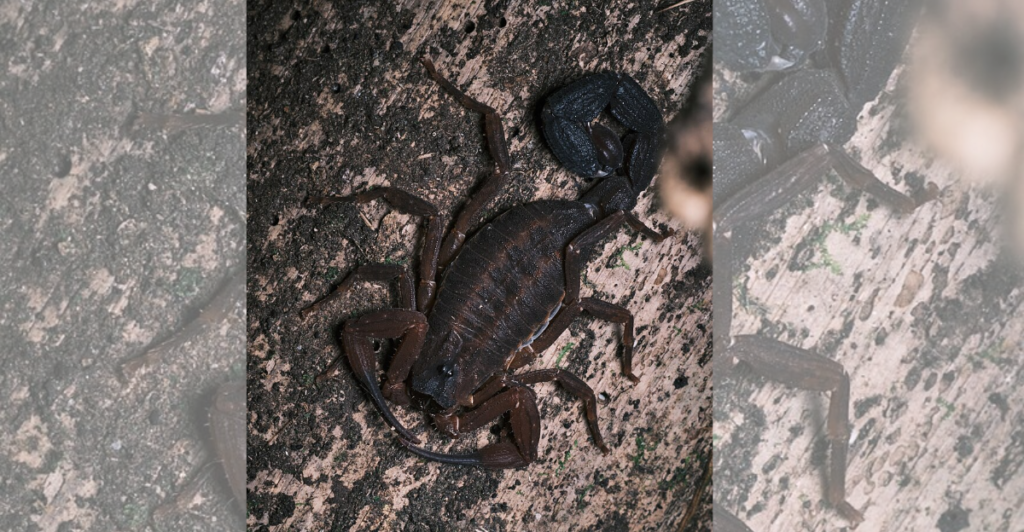
Before this discovery, venom spraying was documented in African scorpions of the genus Parabuthus. The identification of Tityus Achilles extends this behavior to South America, suggesting a possible convergent evolution of this defense mechanism in different lineages.
Mechanism of Venom Spraying
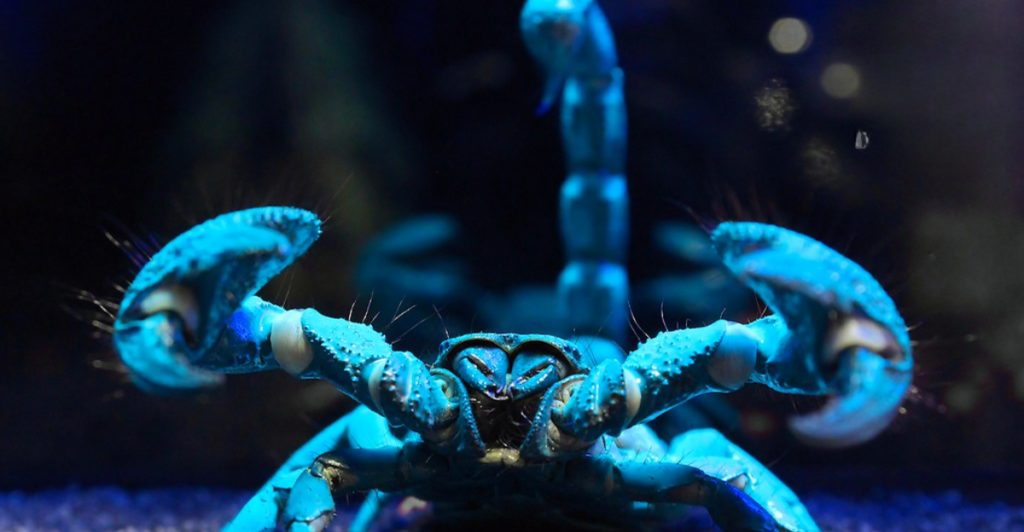
Tityus Achilles raises its tail and projects venom forward continuously when threatened. This behavior allows the scorpion to deter predators from a distance, reducing the risk of physical confrontation. The exact biomechanics of this spraying mechanism are still under study.
Venom Composition and Effects
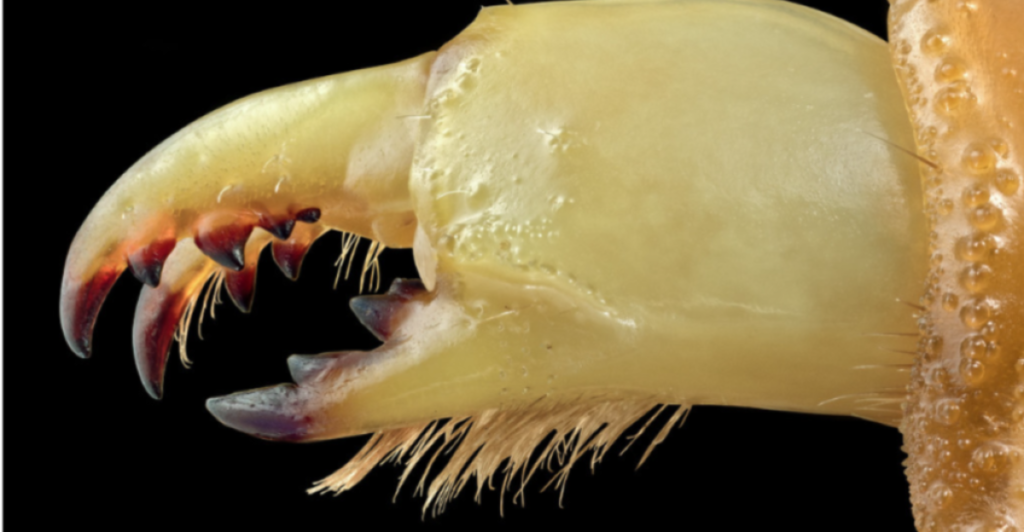
When sprayed, the venom of Tityus Achilles acts as an irritant, particularly affecting the eyes and respiratory systems of potential predators. The specific chemical composition and its effects on humans are under investigation, emphasizing the need for caution when encountering this species.
Evolutionary Significance

The discovery of a venom-spraying scorpion in South America provides valuable insights into the evolutionary pathways of defense mechanisms in arachnids. It raises questions about the environmental pressures that led to the development of venom spraying in geographically and phylogenetically distinct scorpion groups.
Implications for Human Interaction

While Tityus Achilles’s venom-spraying behavior primarily protects against natural predators, it poses potential risks to humans, especially if venom contacts the eyes or skin. Therefore, individuals living in or visiting areas where this scorpion is found are advised to be aware and cautious.
Conservation Status
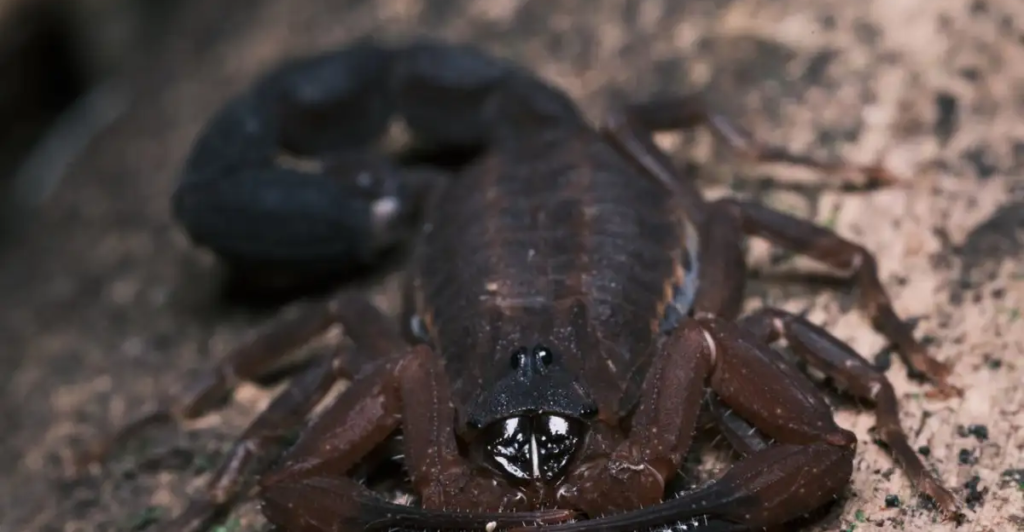
Tityus Achilles’s conservation status has yet to be determined as a newly discovered species. To ensure its preservation, further studies are needed to assess its population size, habitat range, and potential threats.
Future Research Directions
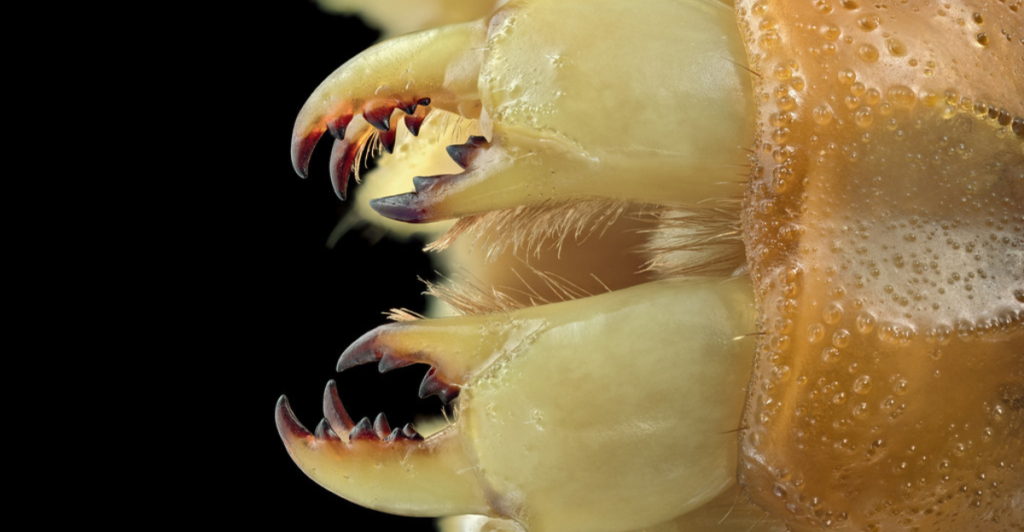
Ongoing research aims to understand the ecology, behavior, and venom properties of Tityus Achilles. Studies also focus on the evolutionary origins of its venom-spraying behavior and its ecological role within its habitat.
Public Awareness and Education

Educating local communities and the public about Tityus Achilles is crucial for safety and conservation efforts. Raising awareness can help prevent negative encounters and promote the protection of this unique species within its natural habitat.
Research Progresses
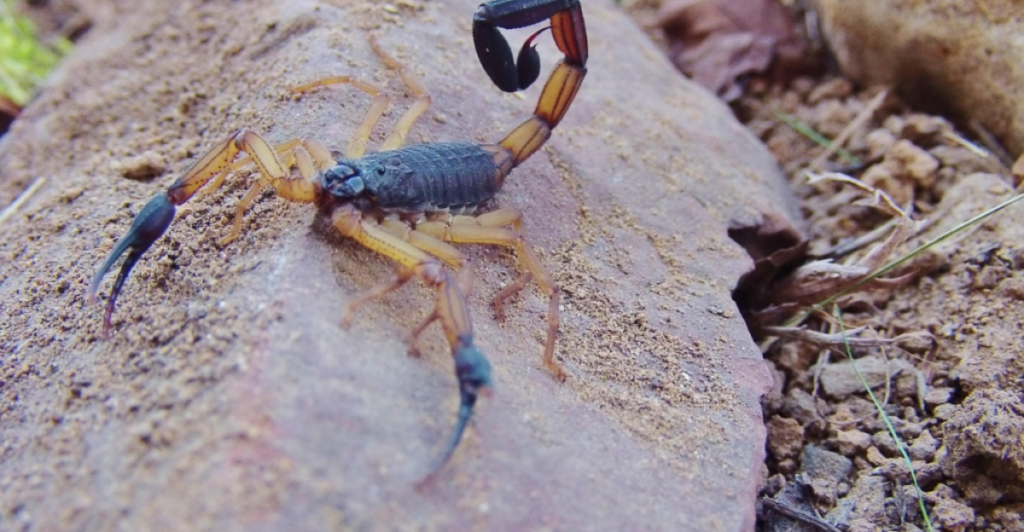
The discovery of Tityus Achilles enriches our understanding of scorpion diversity and defense mechanisms. As research progresses, this species may offer further insights into the evolutionary biology of arachnids and the ecological dynamics of South American forests.
Explore more of our trending stories and hit Follow to keep them coming to your feed!

Don’t miss out on more stories like this! Hit the Follow button at the top of this article to stay updated with the latest news. Share your thoughts in the comments—we’d love to hear from you!







